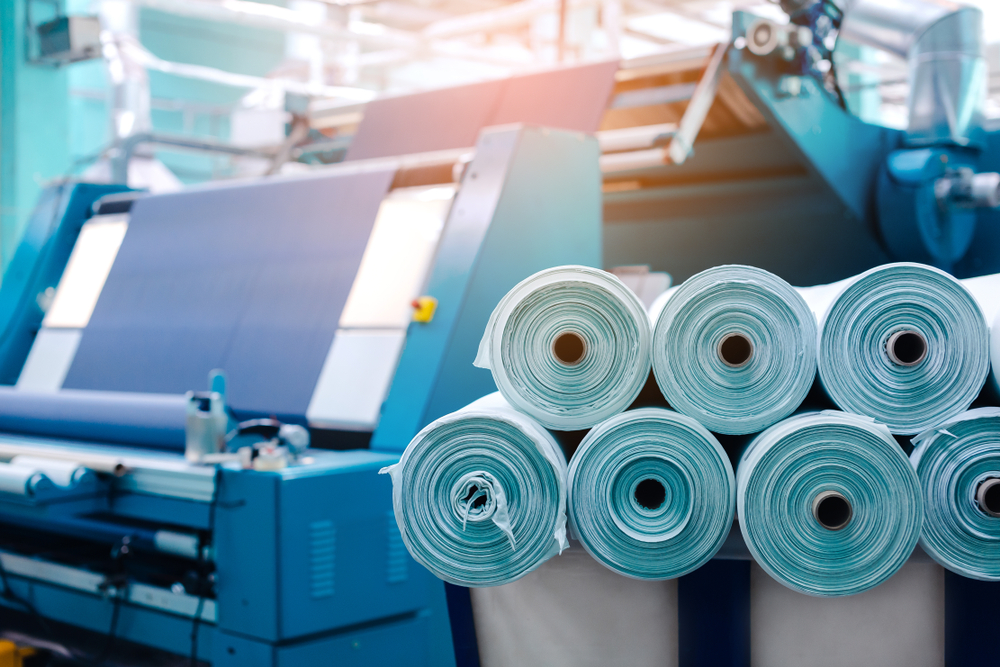For many manufacturers, there is a gap between the goals they have established for what the company can produce to meet consumer demand and the feasibility of carrying out their plans because of trade barriers and restrictions. Tariffs, import taxes and the cost of shipping materials and products overseas from markets where manufacturing is relatively low-cost can often offset many of the profits businesses anticipate.
Companies are learning that while setting up plants in countries with lower production costs and a large labor market, global supply chains are often plagued with inefficiencies that delay distribution and impact a manufacturer's bottom line. These are many of the issues the North American Free Trade Agreement, which recently turned 20, has tried to tackle in providing a framework for Mexico, the United States and Canada to cooperate with the support of friendlier trade policies.
Thinking About Where the Bridges Will Lead
NAFTA remains a fundamental cornerstone for manufacturers throughout the region to sustain economic growth and reach larger markets, supporting the decision many companies make in pushing to manufacture in Mexico. However, many business leaders are still taking time to consider the repercussions of the agreement and think about the future of the U.S., Mexico and Canada moving forward.
Forbes magazine took an in depth look at NAFTA's impact on the regions and how manufacturing has changed throughout the world. For example, China has seen its rapidly expanding production plants slow since the cost of labor has risen significantly. At the same time, Mexico's future represents a bright spot in the manufacturing landscape.
Mexico's labor pool is expected to grow by 58 percent between 2000 and 2030, Forbes indicated. Spurning the Chinese model of low-cost production, Mexico has instead focused on high-tech manufacturing projects, namely several aerospace production sites. Thanks to contracts with Canadian firms like Bombardier, aerospace manufacturing has enjoyed significant foreign investment during the past several years.
Innovation Fueling Growth in Manufacturing
Advanced technology products represented 17 percent of all exports in 2012. At the same time, automotive production in the country grew to account for roughly 25 percent of all exported goods. Because NAFTA tends to suppress the costs of high-tech goods traded between the participating countries, Mexico has a leg up on competing businesses in other parts of the world.
While income disparity remains an issue for workers in Mexico - as it is in many Western nations - The Dallas Morning News indicated a slow-and-steady rise in Mexico's GDP since NAFTA was instated. What's more, people in the nation, as well as many in the U.S. and Canada, are optimistic about the future of manufacturing.
"Mexico has a world-class manufacturing sector, and NAFTA has certainly helped bring this industry up to the highest global standards," explained Pia Orrenius, an economist and migration specialist at the Federal Reserve Bank of Dallas.
Meanwhile, The Dallas Morning News wrote that a growing number of Mexicans see themselves as part of a globalized society. As more businesses recognize the benefits of manufacturing in Mexico, the nation will likely continue to enjoy many of the benefits afforded by NAFTA.
Subscribe
Sign up and stay informed with tips, updates, and best practices for manufacturing in Mexico.






